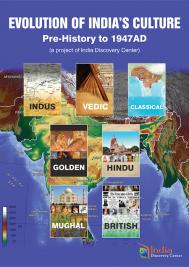Contribute
| India Mughal-Maratha Period (1500-1800 CE) - Language And Literature |
Prem Nagar
08/04/2022
India Mughal-Maratha Period (1500-1800 CE) - Language and Literature Prem Nagar Mughal empire occupied the extended India during the two hundred years of their reign (figure 1). Sanskrit was replaced by Persian as the language of administration of the Mughal Empire. A hybridized language mixing Persian with the local languages came into use in the Army. Turkic word Ordu modified to Urdu became the name of this new language. Gradually the Mughals began speaking UrdÅ«. UrdÅ« adopted NastaÊ¿lÄ«q style of Persian calligraphy. It is currently adopted as the State Language in Pakistan. A dialect combining Hindi and Urdu called Hindustani has become the popular language in North India. Figure 1. Extent of Mughal Empire in India 1700CE India’s different areas had developed strong local roots and autonomy. The local rulers patronized local language for ease in administration. Most Regional languages adopted their own written script. Many scripts like GujarÄtÄ«, MarÄá¹hÄ«, Konkani, and Bengali were derived from the Devanagari script. List of languages and their scripts are given in Figure 2. Figure 2. Principal languages in India around 1600CE, the script names are given in the brackets. Madrasah, an Islamic center of learning, was instituted in India by the early rulers. Madrasah teachings had twin objectives – (i) to teach the Qur'an in order to spread Islam and (ii) to teach language and script for the bureaucracy and the judiciary. The first Madrasah in Delhi was established by the Delhi Sultanate in 1206CE. We give the picture of the Madrasah in Bidar in South India in 15th century CE. (Figure 3) Figure 3. Massive Mahmud Gawan Madrasah In Bidar. The Mughal Emperor Aurangzeb squeezed the old Gurukula system of education to extinction. There was oppressive religious discrimination. Private tutoring came in vogue. Women education was neglected. Girls and women of royalty were taught privately. Vocational training was imparted through apprenticeship at the houses of ustÄd (teachers) and through work in kÄrkhÄna (manufacturing centers). Temples and monasteries became the teaching centers for the Hindus. Persian literature flourished in India. Abdul-Rahim-Khan’s Babarnama (tuzuk-I-baburi) accounts the history of the period. Emperor Akbar’s court historian, Abu'l-Fazl, wrote about his administration in a book entitled Ain-i-Akbari and a historical account in Akbarnama (Figure 4). Pictorial books like Malik-Muhammad-Jayasi’s Padmavat (Figure 5) appeared. Persian translation of Bhagavad-Gita, Upanishads, Yoga-Vashista and Ramayana by Dara-Shikoh and Mahabharata by Abul-Faizi enriched the literature. Figure 4. Illustrated page from Akbarnama, depicting Akbar’s court activities (1592CE) Figure 5. Illustrated book of Padmavat Chaupai, a stanza of a poem consisting of four lines, in vernacular Awadhi, became a popular style of verse. It was extensively used by Tulsidas (Figure 6) in RÄmacaritamÄnasa, which is regarded as a masterpiece of vernacular literature. Figure 6. Poet Tulasidas, author of RÄmacaritamÄnasa Other style of verse composition included Doha, used profusely in North India, and Abhang, used in the Maratha region. Varkari, a group following rigid devotional tradition had poets JñÄneÅ›var and Tukaram (Figure 7) who composed in Abhang style. Figure 7. Santha Tukaram – a Varkari poet. Champu, a style combining prose and poetry was used in Telugu by Nannaya-Bhattarakudu, and in Bengali by Jiva-Goswami. Picture metrics, Chitra-kÄvya, became a lyrical style for Upendra-Bhanja in Odia. In Punjabi, poetically narrated stories developed, notably Waris-Shah’s Heer-Ranjha, Guru Nanak’s verses Gurbani, Guru-Arjan’s Adi-Granth, Guru-Gobind-Singh’s Dasam-Granth are noteworthy. Purandhara-Dasa (Figure 8) composed powerful devotional poems composed for melodic renderings in Kannada. for Krishna. Narsinh-Mehta’s Gujarati verses for Krishna reflecting philosophy of Advaita became popular. Figure 8. Purandara Dasa, melodic doyen on Kannada literature. Notable Female Poets were Mirabai (Figure 9), Bahinabai (Marathi Varkari). Brundabati-Dasi wrote Purnatama-Chandrodaya Kavya. Figure 9. Mirabai, a Rajput princes and devotional poet UrdÅ« inherited literary conventions from Persian, Arabic, Turkic, and Hindavi (Khariboli). Mir-Taqi-Mir’s and Shah-Hussain’s Sufi poetry of communal harmony, pious feelings and rhythmic rendition were entrenched in Punjabi, Sindhi, Urdu and Pashto. Bulleh-Shah used Kafi style of verses. Zeb-un-Nissa (Figure 10) composed poems in Persian in Diwan-i-Makhfi. Figure 10. Persian poet Zeb-un-Nissa (Metropolitan Museum of Art) Mughal’s Language imperialism did not succeed, the population maintained their local languages. UrdÅ« did succeed to become a recognized language of India. References: 1). https://namami.gov.in/history 2). The Impact of Persian Language on Indian Languages, By: Ali Akbar Khansir, Bushehr University of Medical Sciences, Bushehr, Iran; and Nasrin Mozafari, Bushehr University of Medical Sciences, Bushehr, Iran 3). Roughly 75 per cent of the total stock of 55,000 Urdu words that he compiled in his dictionary are derived from Sanskrit and Prakrit, Ahmad, Aijaz (2002). Lineages of the Present: Ideology and Politics in Contemporary South Asia. Verso. p. 113. ISBN 9781859843581, 4). Approximately 99% of Urdu verbs have their roots in Sanskrit and Prakrit “Urdu's origin: it's not a "camp language". dawn.com. 17 December 2011. Archived from the original on 24 September 2015. Retrieved 5 July 2015†5). https://www.britannica.com/topic/language 6). Name Urdu was first used by the poet Ghulam Hamadani Mushafi around 1780 7). Hindavi and Dehlavi (Rahman, Tariq (2001): From Hindi to Urdu: A Social and Political History. Oxford University Press. pp. 1–22. ISBN 978-0-19-906313-0. Archived from the original (2014) 8). Ahmad, Aijaz (2002). Lineages of the Present: Ideology and Politics in Contemporary South Asia. Verso. p. 113. ISBN 9781859843581, 9). Safavi, A.D. (2006): Introduction. International Seminar on Impact of Persian Language and Culture on India, Department of Persian, Aligarh Muslim University, Aligarh: India. 10). Ludlow, British India,1858 ------------------------------------------------------------------- Mr. Prem Nagar leads the Language and Literature track in India Discovery Center project on "Evolution of Indian Culture: Pre-history to 1947AD". More information and updates on the project are available at https://www.facebook.com/Evolution-of-Indian-Culture-An-IDC-Project-107749391111922 Information on India Discovery Center is at https://www.indiadiscoverycenter.org (c) Copyright 2022 India Discovery Center, Inc. All rights reserved.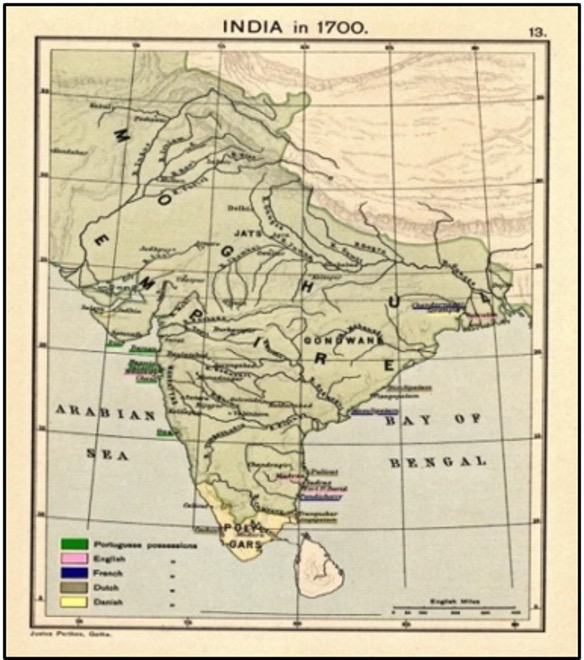
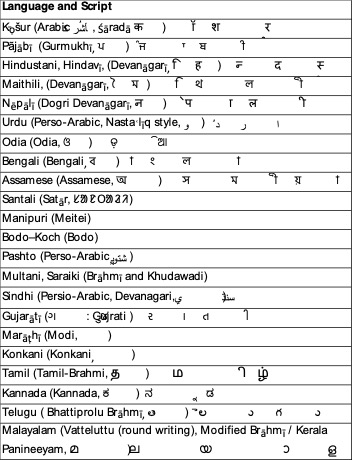
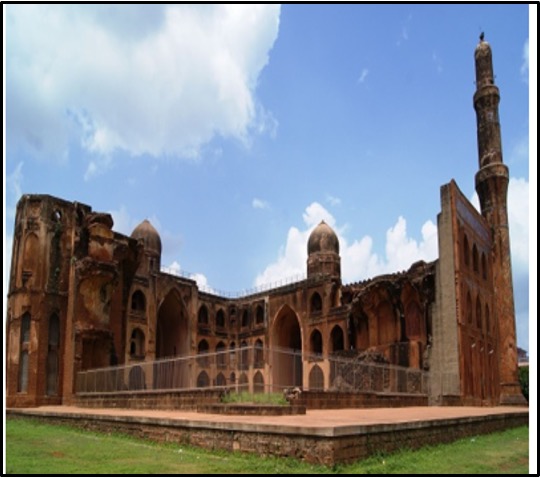
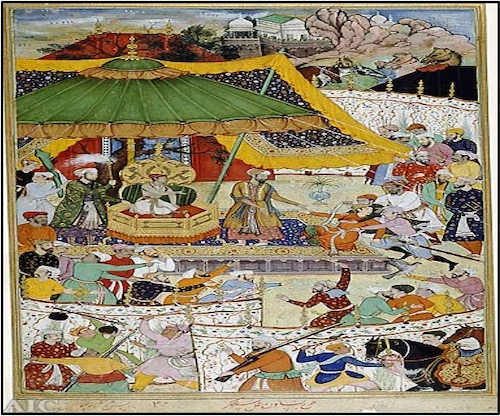
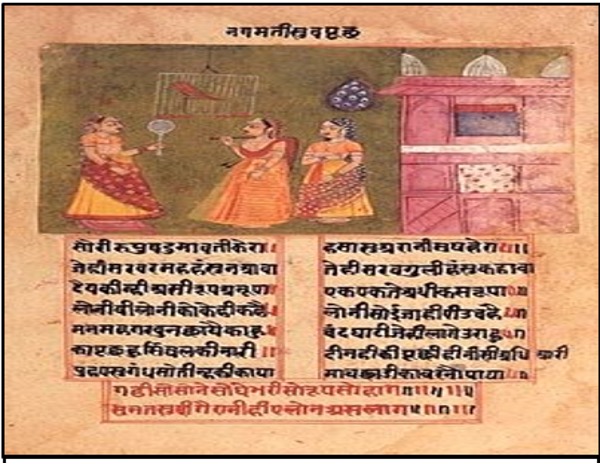
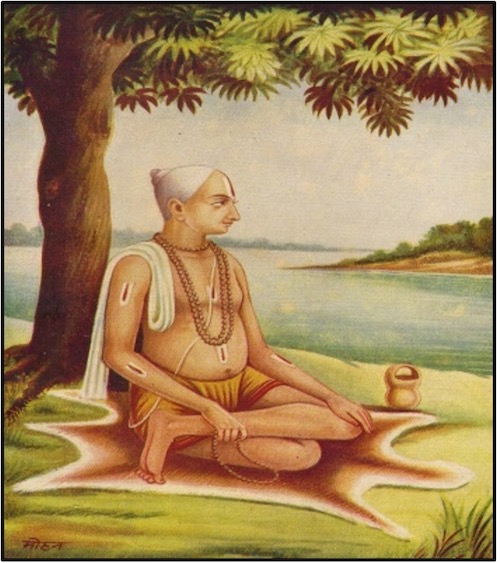
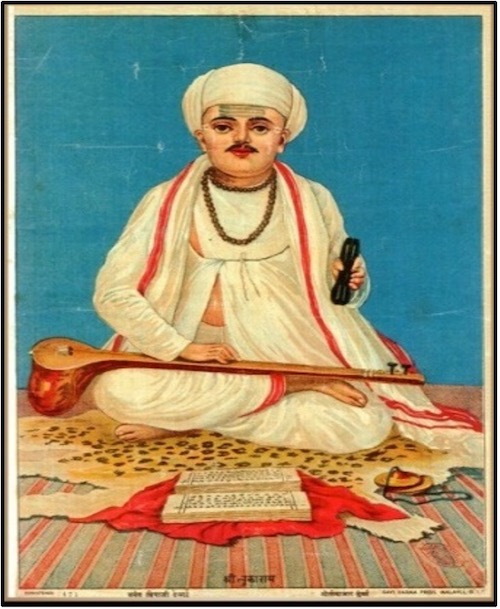
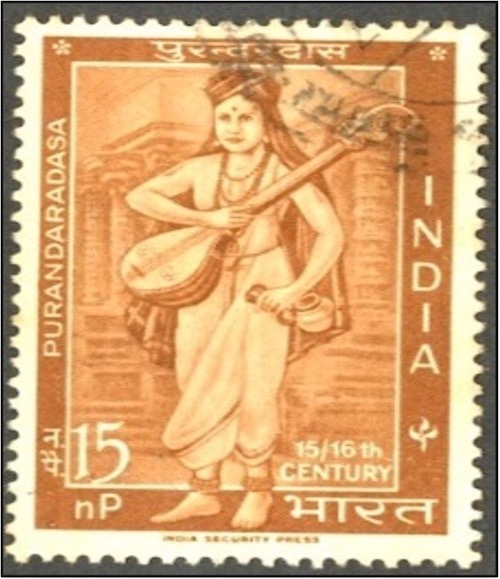
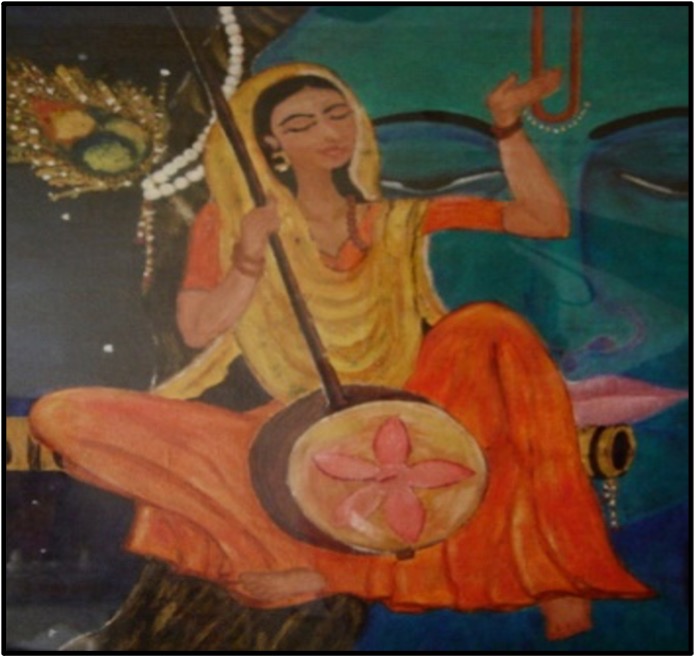
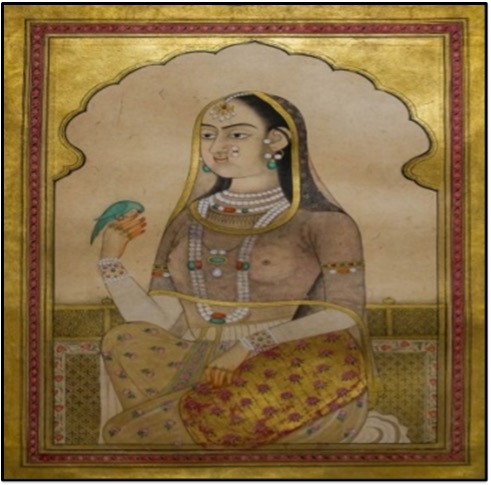
You may also access this article through our web-site http://www.lokvani.com/
